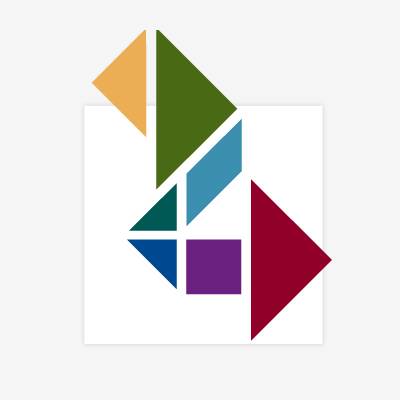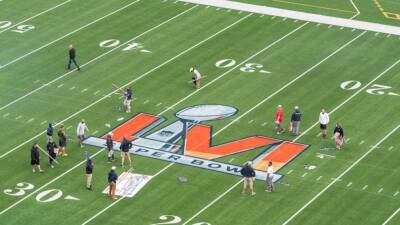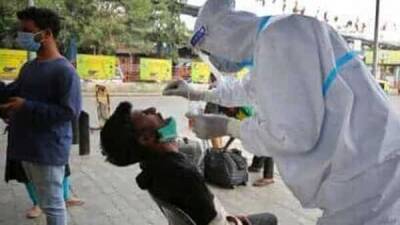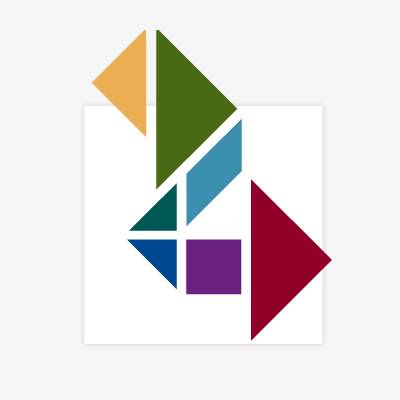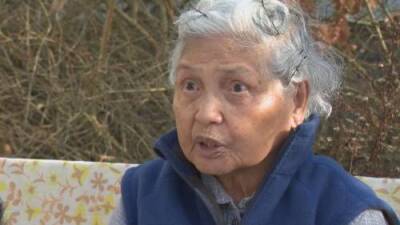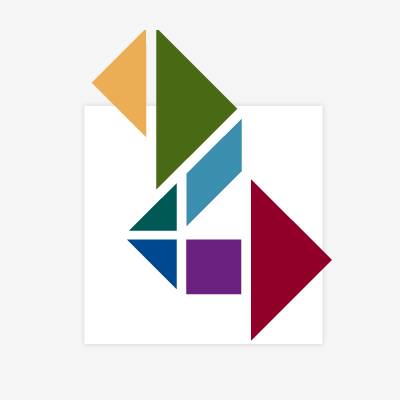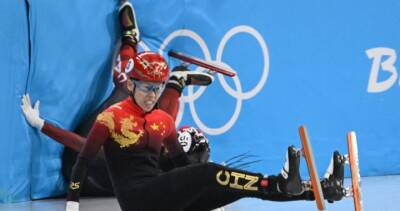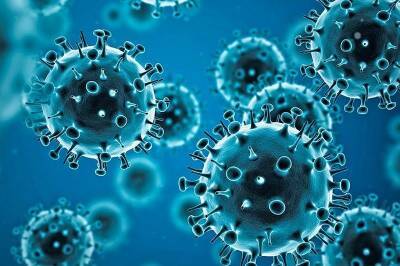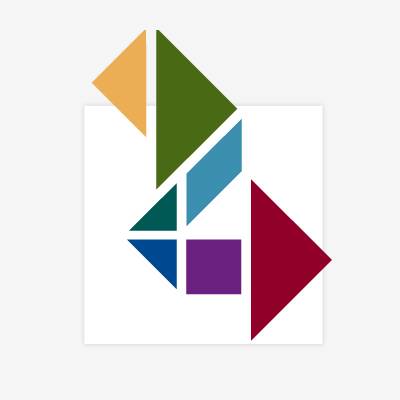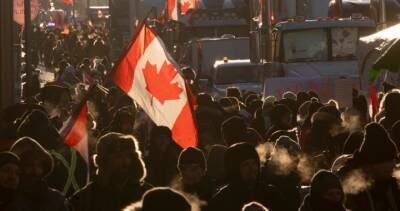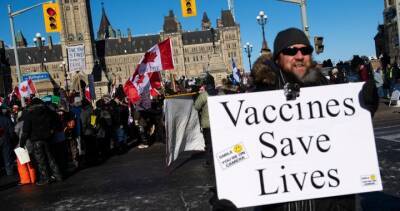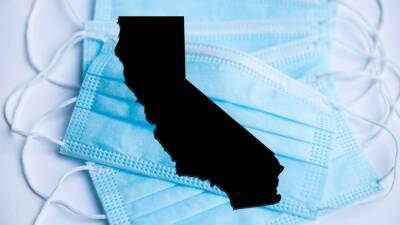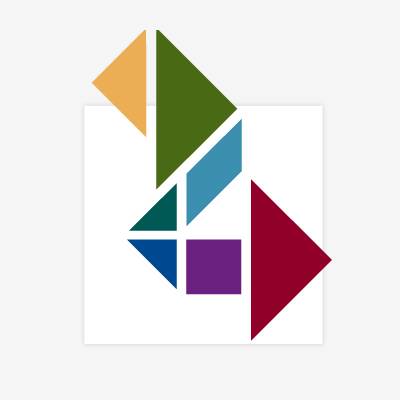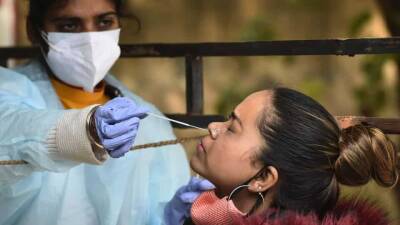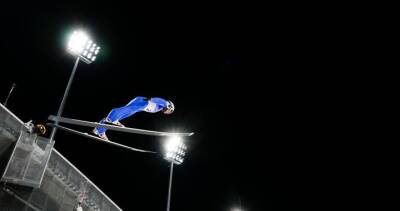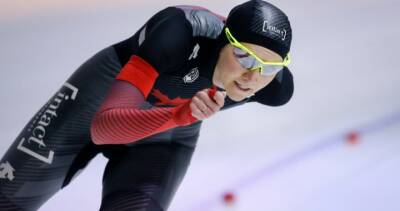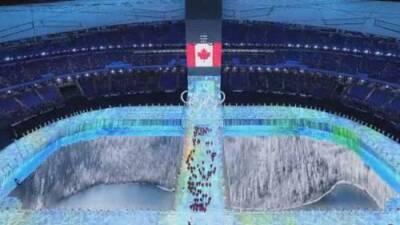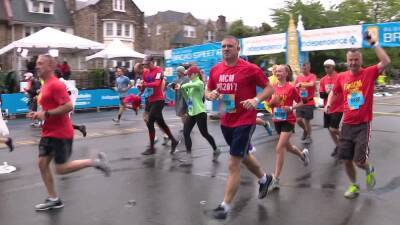News Scan for Feb 04, 2022
Adults living with HIV in New York had lower COVID-19 vaccine uptake COVID-19 vaccine uptake among adults living with HIV in New York was lower than that of the rest of the state's population as of October 2021, according to a study today in Morbidity and Mortality Weekly Report (MMWR).New York public health agencies and the Centers for Disease Control and Prevention (CDC) studied COVID-19 vaccination rates among 101,205 state residents living with HIV as of October 24, 2021, using HIV surveillance and immunization registry data.Of the 101,205 people studied, 63.5% had received either a single dose of the Johnson & Johnson vaccine or two doses of the Pfizer/BioNTech or Moderna mRNA vaccines, while 4.3% had received one dose of an mRNA vaccine, and 32.2% were unvaccinated.
In comparison, the general adult New York population had a 75.0% vaccination rate.Adults with HIV who were older than 65 years were more likely to have completed a COVID-19 regimen than those 18 to 49 years old (71.4% vs 54.3%).
Uptake was higher among men than women (64.8% vs 60.5%) and among those identifying as nonbinary or nonconforming (58.1%). Among racial groups, vaccine uptake was greatest among White people with HIV (70.8%) and lowest among their Black (58.6%) and American Indian or Alaska Native counterparts (58.4%).COVID-19 vaccine coverage was much lower among those living with HIV who were not taking HIV-suppression drugs in 2020 (38.1%) than among those who were virally suppressed (72.0%) and those without surveillance-based evidence of HIV care in 2020 (29.1%), compared with those who received care (69.2%).New York has the highest US per capita rate of people living with HIV, who have been shown to be at elevated risk for COVID-19–related
Read more on cidrap.umn.edu

